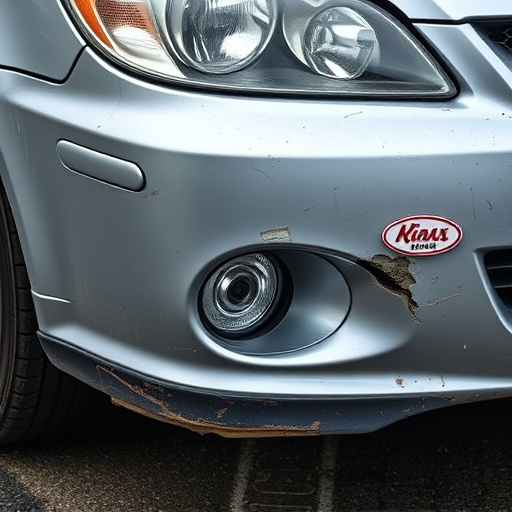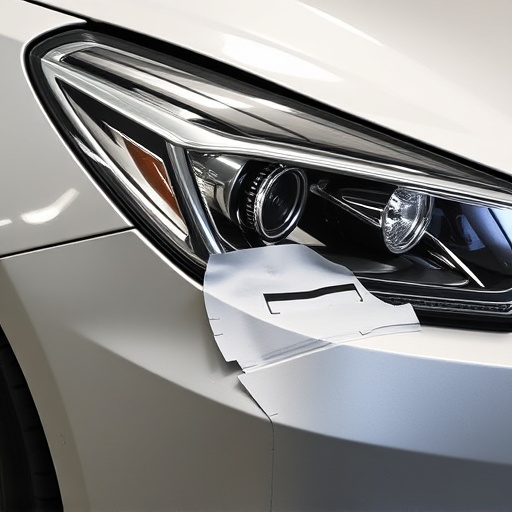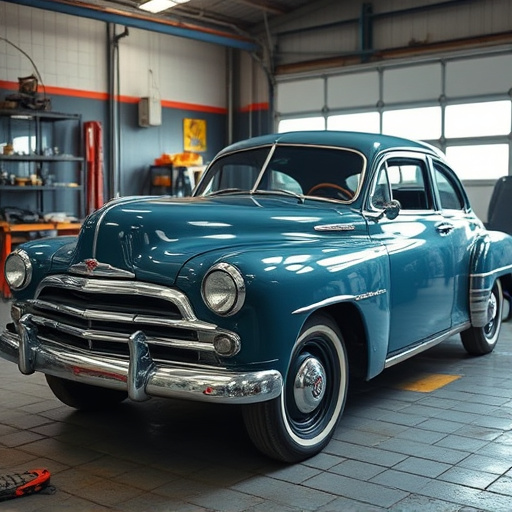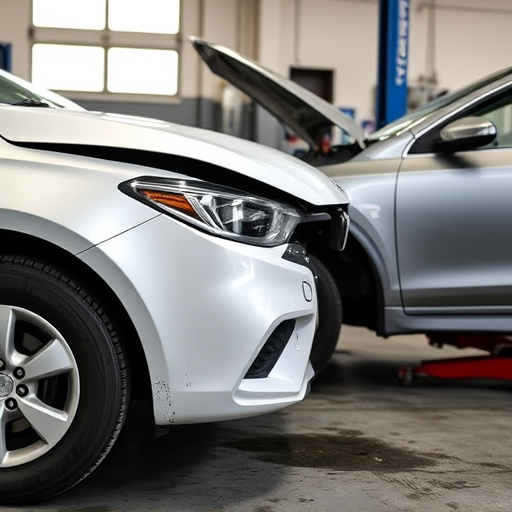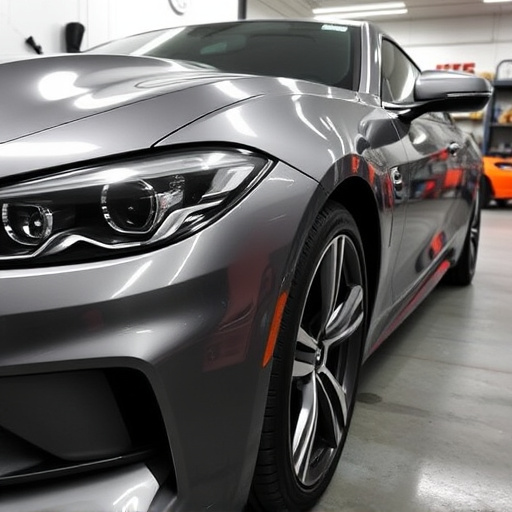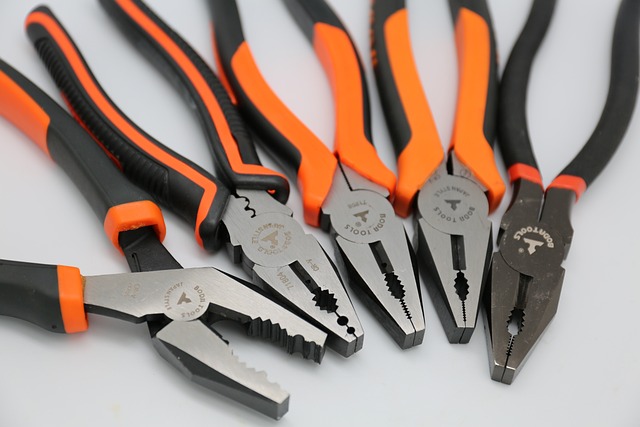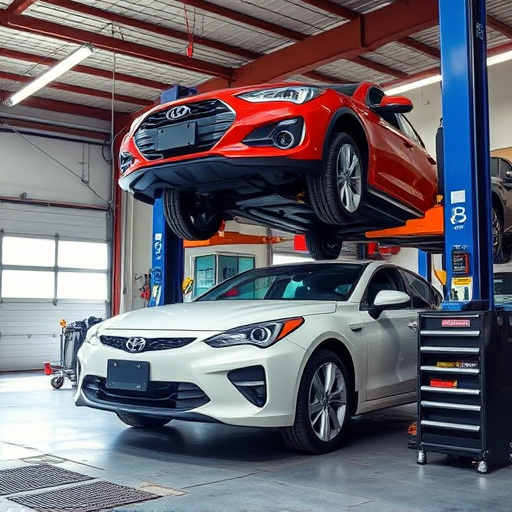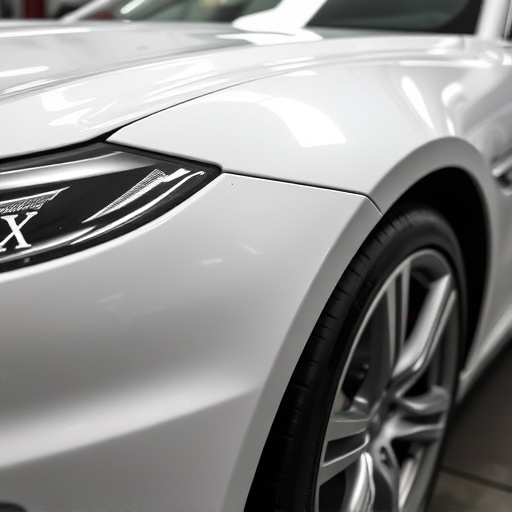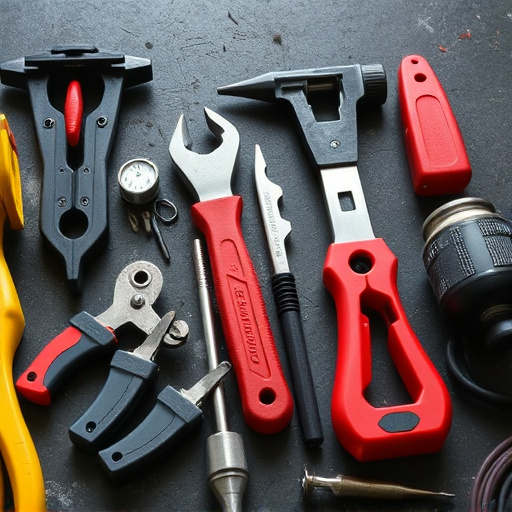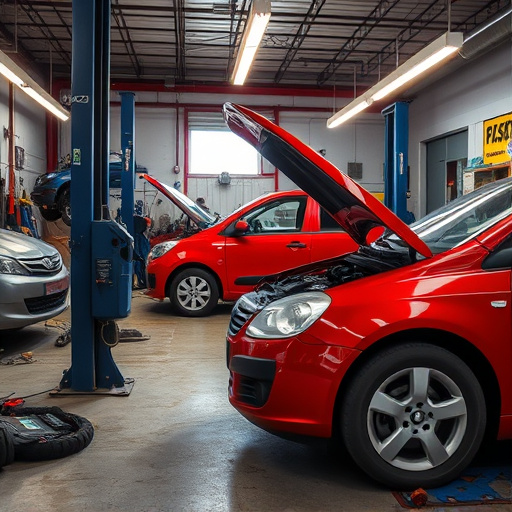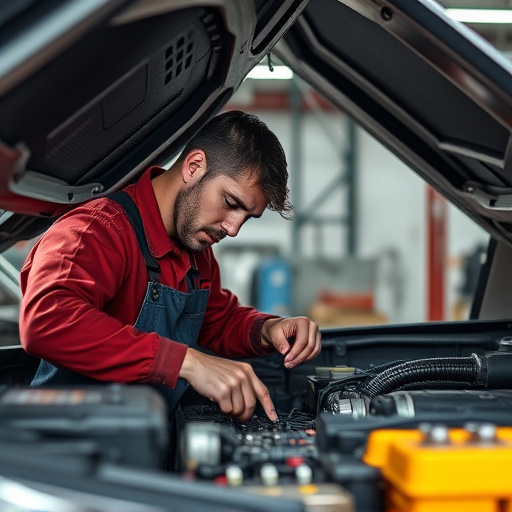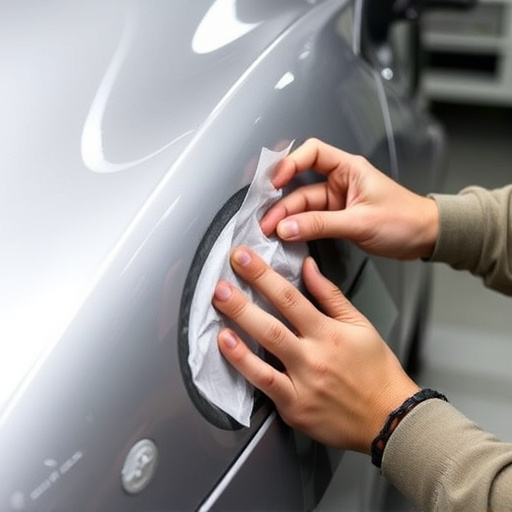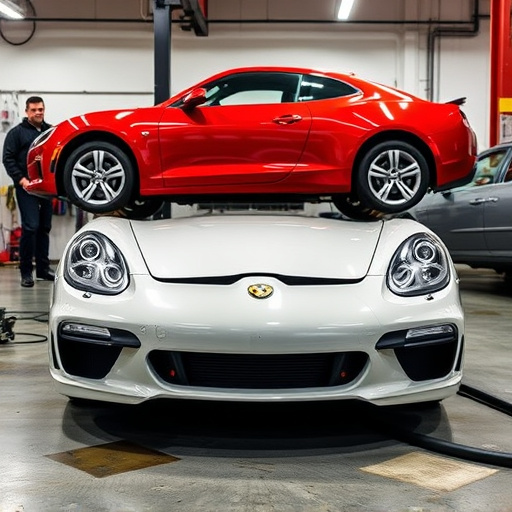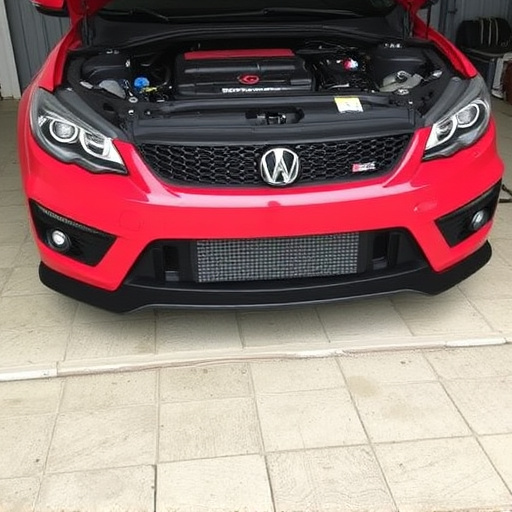Thorough Tesla drive unit inspections for unusual noises like whining or grinding involve visual checks for damage and wear, examining belts, pulleys, gears, differentials, motor windings, loose connections, and thermal damage. Early detection through these steps prevents minor issues from escalating, saving costs on future repairs. Consider specialized car bodywork services for accurate diagnosis and repair.
Experiencing whining or grinding noises from your Tesla? It might be time for a drive unit inspection. This comprehensive guide walks you through identifying suspicious sounds and diagnosing common issues affecting your vehicle’s drivetrain. From recognizing subtle differences in noises to understanding key components, you’ll learn effective troubleshooting techniques. By following these steps, you can ensure optimal performance and peace of mind while behind the wheel of your Tesla.
- Identifying Whining or Grinding Sounds
- Checking Drive Unit Components
- Troubleshooting Common Issues Found
Identifying Whining or Grinding Sounds
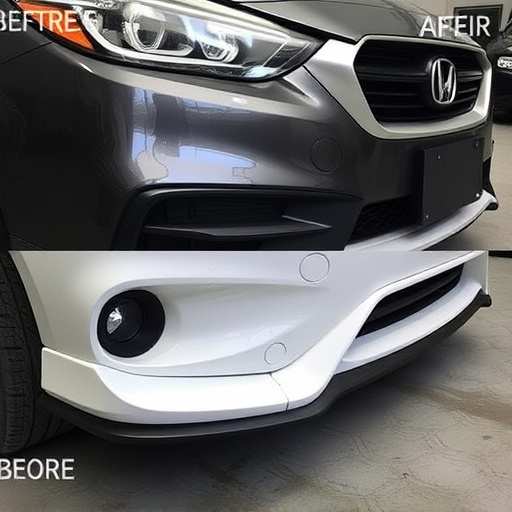
When conducting a Tesla drive unit inspection, paying close attention to any unusual sounds is paramount. Whining or grinding noises emanating from the vehicle’s drivetrain can be early indicators of potential issues. These sounds may vary in pitch and intensity but are often noticeable during acceleration or when changing gears. For instance, a whining sound could suggest worn-out components within the drive unit, such as belt tensioners or pulleys, which require immediate attention to prevent further damage.
During an auto body repair or vehicle restoration process, focusing on these sounds can help identify specific problems before they escalate. Car bodywork experts can perform meticulous inspections to pinpoint the exact source of the noise by carefully examining the drive unit’s components. This proactive approach is essential in maintaining optimal vehicle performance and ensuring a smooth driving experience, ultimately saving time and costs associated with more extensive repairs later.
Checking Drive Unit Components
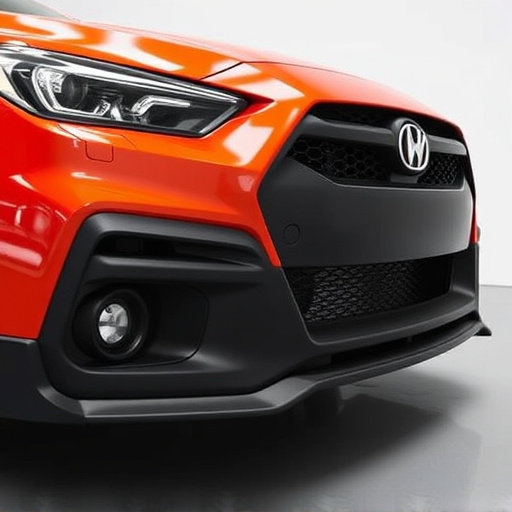
During a Tesla drive unit inspection for unusual noises like whining or grinding, it’s crucial to scrutinize various components. Start by visually inspecting the drive unit itself for any signs of damage, such as cracks or loose connections. Check the belts and pulleys for slippage or wear, which could lead to the sounds you’re hearing. Look into the gears and differentials, ensuring they’re well-lubricated and free from debris. Any misalignment or mechanical issues within these parts can cause grinding or whining noises while driving.
Additionally, pay close attention to the motor and stator windings, seeking signs of corrosion or damage that could disrupt the magnetic field and result in unpleasant sounds. The power electronics module should also be examined for any loose connections or thermal damage, as faulty wiring can lead to various anomalies, including unusual noises. Remember, a thorough Tesla drive unit inspection, incorporating these checks along with collision repair techniques like paintless dent repair, can help diagnose and resolve issues before they become more serious.
Troubleshooting Common Issues Found
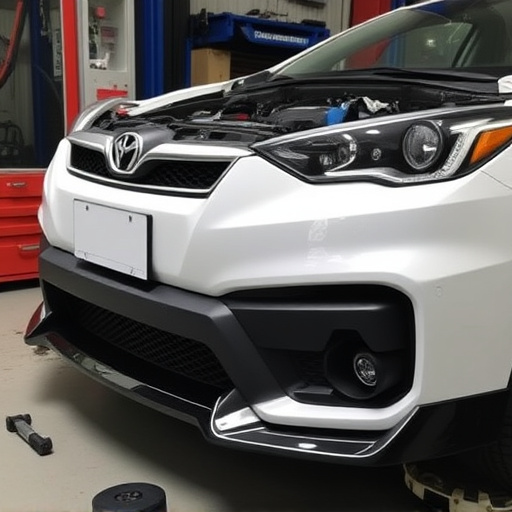
When performing a Tesla drive unit inspection for whining or grinding sounds, it’s crucial to address potential issues early on. Start by checking for loose connections within the electrical system, as even a slight vibration can cause unusual noises. A thorough visual inspection of the drive unit and its surrounding components is essential, looking for signs of wear, damage, or misalignment that could lead to these sounds.
Common issues found during such inspections often involve worn-out bearings, damaged gears, or fluid leaks within the transmission system. These problems can be exacerbated by inadequate lubrication or improper maintenance. If you’re not a professional mechanic, consider seeking assistance from specialized car bodywork services or vehicle body repair experts who possess the tools and expertise to diagnose and rectify these issues effectively, ensuring your Tesla operates smoothly and safely.
Performing a thorough Tesla drive unit inspection can help identify and resolve whining or grinding sounds, enhancing your vehicle’s performance and reliability. By regularly checking the components and addressing common issues, you can ensure a smoother driving experience. Remember, early detection is key to preventing more serious problems down the line. So, stay vigilant and keep your electric vehicle in peak condition with these simple steps.

